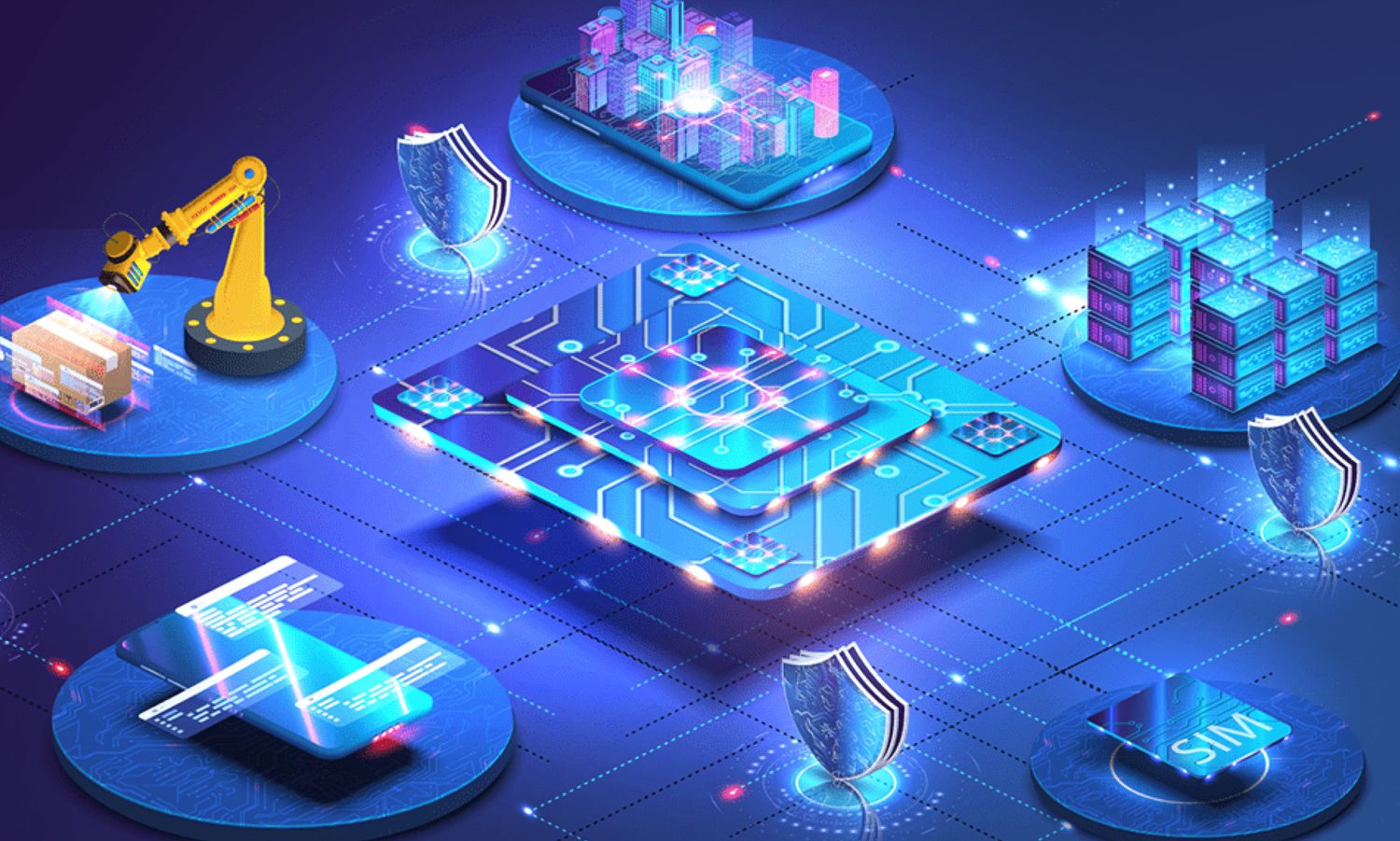
What are real-time systems? Real-time systems are computer systems that respond to inputs or events within a specific time frame. Why are they important? These systems are crucial in applications where timing is everything, like air traffic control, medical devices, and video games. How do they work? They operate under strict deadlines, ensuring tasks are completed on time. What makes them different? Unlike regular systems, real-time systems prioritize tasks based on urgency, not just order of arrival. Are there different types? Yes, they can be hard real-time, where missing a deadline is catastrophic, or soft real-time, where delays are tolerable but not ideal. Want to know more? Keep reading to uncover 35 fascinating facts about these time-sensitive systems!
What Are Real-Time Systems?
Real-time systems are crucial in various fields, from aviation to healthcare. These systems process data and provide responses within a strict time frame. Let's dive into some fascinating facts about real-time systems.
-
Real-time systems are designed to respond to inputs or events within a specific time frame, often measured in milliseconds or microseconds.
-
Hard real-time systems must meet their deadlines without fail. Missing a deadline in these systems can lead to catastrophic consequences, such as in medical devices or flight control systems.
-
Soft real-time systems can tolerate some deadline misses. These systems are often used in multimedia applications where occasional delays are acceptable.
-
Embedded systems often use real-time operating systems (RTOS) to manage hardware and software resources efficiently.
-
Latency is a critical factor in real-time systems. It refers to the time taken from input to the system's response.
Applications of Real-Time Systems
Real-time systems are everywhere, even if we don't always notice them. They play a vital role in various applications.
-
Automotive systems use real-time systems for functions like anti-lock braking, airbag deployment, and engine control.
-
Telecommunications rely on real-time systems to manage data traffic and ensure smooth communication.
-
Industrial automation uses real-time systems to control machinery and processes, ensuring safety and efficiency.
-
Healthcare applications include real-time systems in medical devices like pacemakers and monitoring systems.
-
Aerospace relies on real-time systems for navigation, communication, and control of aircraft and spacecraft.
Components of Real-Time Systems
Understanding the components of real-time systems helps in grasping how they function.
-
Sensors gather data from the environment and send it to the system for processing.
-
Actuators receive commands from the system and perform actions based on those commands.
-
Processors handle the computation and decision-making tasks within the system.
-
Memory stores data and instructions needed for the system to function.
-
Communication interfaces allow different parts of the system to exchange information.
Real-Time Operating Systems (RTOS)
RTOS are specialized operating systems designed for real-time applications. They differ significantly from general-purpose operating systems.
-
Task scheduling in RTOS ensures that high-priority tasks get executed within their deadlines.
-
Interrupt handling is crucial in RTOS to respond quickly to external events.
-
Deterministic behavior means that RTOS can predictably manage tasks and resources.
-
Minimal latency is a key feature of RTOS, ensuring quick response times.
-
Resource management in RTOS is optimized to handle limited hardware resources efficiently.
Challenges in Real-Time Systems
Developing and maintaining real-time systems come with unique challenges.
-
Timing analysis is essential to ensure that all tasks meet their deadlines.
-
Concurrency management is crucial as multiple tasks often run simultaneously.
-
Resource constraints require careful planning and optimization.
-
Reliability is critical, especially in systems where failure can lead to severe consequences.
-
Security is increasingly important as real-time systems become more connected.
Future of Real-Time Systems
The future holds exciting possibilities for real-time systems, driven by advancements in technology.
-
Artificial intelligence integration will enhance the capabilities of real-time systems.
-
Internet of Things (IoT) will see more real-time systems managing interconnected devices.
-
5G technology will improve the speed and reliability of real-time communication.
-
Edge computing will bring real-time processing closer to data sources, reducing latency.
-
Autonomous vehicles will rely heavily on real-time systems for navigation and safety.
Fun Facts About Real-Time Systems
Let's look at some interesting tidbits about real-time systems that you might not know.
-
NASA's Mars rovers use real-time systems to navigate and perform tasks on the Martian surface.
-
Video games often use real-time systems to manage graphics and gameplay mechanics.
-
Stock trading platforms rely on real-time systems to execute trades within milliseconds.
-
Smart home devices use real-time systems to respond to user commands and automate tasks.
-
Weather forecasting models use real-time systems to process vast amounts of data quickly.
Real-time Systems: The Final Word
Real-time systems are everywhere, from air traffic control to smartphones. They ensure tasks are completed within strict time limits, making them crucial for safety and efficiency. These systems come in two flavors: hard and soft. Hard real-time systems can't miss deadlines, while soft ones can be a bit more flexible. Latency and jitter are key factors, affecting how quickly and consistently tasks are executed. Scheduling algorithms like Rate Monotonic and Earliest Deadline First help manage these tasks. Real-time systems also rely on priority inversion solutions to avoid bottlenecks. Understanding these basics can help anyone appreciate the tech that keeps our world running smoothly. So next time you use a GPS or stream a video, remember the real-time systems working behind the scenes. They might be complex, but their impact is simple: making our lives easier and safer.
Was this page helpful?
Our commitment to delivering trustworthy and engaging content is at the heart of what we do. Each fact on our site is contributed by real users like you, bringing a wealth of diverse insights and information. To ensure the highest standards of accuracy and reliability, our dedicated editors meticulously review each submission. This process guarantees that the facts we share are not only fascinating but also credible. Trust in our commitment to quality and authenticity as you explore and learn with us.
